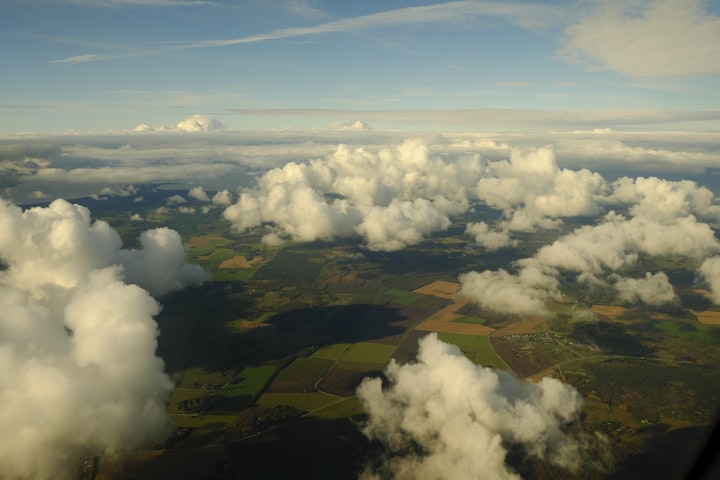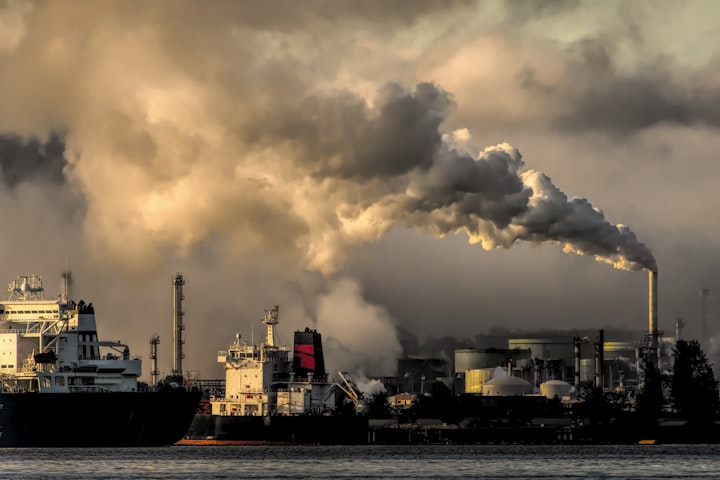
As associations and specialists endeavor to decide the effects of their exercises on energy, ozone harming substance emanations, and the climate, Koonin attests that the world is far from the information needed to make an excellent environment strategy. In this manner, the famous thought that 'Environment science is settled' is a misinformed guarantee. Koonin sees that such a case has inadequately adjusted both public and strategy talks on issues identified with "energy, ozone harming substance discharges, and the climate" (Koonin). Furthermore, it has additionally influenced any significant logic and strategy talk about the fate of environmental change.
The primary logical issue that Koonin raises is the expected change in environment "for the following century under both regular and human impacts" (Koonin). Any potential reactions to this inquiry and other complex interrelations among settings and human exercises should direct future choices about energy and foundation. Be that as it may, these have been the most complicated inquiries to tackle environmental change. Fundamentally, these inquiries challenge what the current logical information can illuminate us about the environment.
To start with, Koonin sees that while human impacts might cause severe effects on the environment, such marks are, for the most part, minor comparative with the whole environment structure (Koonin). Thus, the environmental framework is exceptionally conflicting. In this manner, such minor effects could make a very high bar that might influence any huge endeavors to extend human outcomes on environments.
Second, it is hard to appreciate the future environment in light of difficulties in knowing the seas. The seas bear the most warmth and significantly affect the climate. Unfortunately, precise, comprehensive information on seas is just accessible for a couple of years. Henceforth, the restricted information can't comprehend future water changes and likely effects on the environment.
Third, there are inborn difficulties with the criticism that is gotten. Input can adjust the direction of humans and typical effects on the environment. The complaint, be that as it may, will, in general, be questionable. This suggests that it should be assessed for accuracy, subtleties, and some other missing qualities.
Koonin declares that there are fundamental difficulties presented by the multifaceted PC calculations utilized in the prescient investigations for potential environment designs past the three downsides above. Specific PC programs have pointed toward depicting the elements and cooperations of various components of the Earth framework, which incorporate "the climate, the seas, the land, the ice and the biosphere of living things" (Koonin). While some of the calculations depend on assessed central ideas, different models have created extrapolation. That is, there are intrinsic shortcomings with the mind-boggling PC models that investigated the environment.
Koonin excuses the possibility of 'logical agreement's for environmental change since PC calculations can't uphold it. But, by and large, there are deficient subtleties to learn the real human impacts on the environment.
The course resolved different issues concerning the new boondocks for the environment and environment changes. Among the problems that were talked about is what vegetation means for the environment. As indicated by the speaker, vegetation influences the air through various ways, including restricting the sun's radiation, controlling the measure of carbon dioxide noticeable all around, changing the shade of reefs, and wind conditions not over our spending plan's surface among different components. The speaker also resolved how changing the measure of vegetation cover can impact the environment and environment elements through a broad scope of changes. The vegetation cover on the planet was tended to through three significant territorial sections; the jungles, the temperate areas, and the moorlands. Finally, the course covered what vegetation cover means for water security and energy preservation spending plans worldwide.
The jungles are mostly steady of two sorts of vegetation: tropical rainforests and tropical meadows. Tropical rainforests are comprised of profound trees that therefore draw in a lot of overcast covers. Then again, fields are described by meager trees and soft ground cover. Snow dissemination is a central point in regions that highlight these two sorts of vegetation cover. The different kinds of vegetation can have contrasting degrees of effect on energy spending plans. Fields are ready to support a similarly modest number of environmental cycles. They have little impact on environmental elements. The speaker presumed that expanding timberland cover would thus have a superior settling factor on climatic changes.
Furthermore, expanding timberland cover will likewise decrease energy spending plans throughout the planet. The class additionally highlighted a progression of tests to decide the effect of various degrees of vegetation on the environment. The speaker also explained that the land space under agribusiness encounters very ecological impacts as regions are covered by fields. Sun-oriented radiation is likewise a primary consideration in the discussion on vegetation cover. At the same time, its effects are more extreme on areas than they are on regions with trees.





Comments
There are no comments for this story
Be the first to respond and start the conversation.